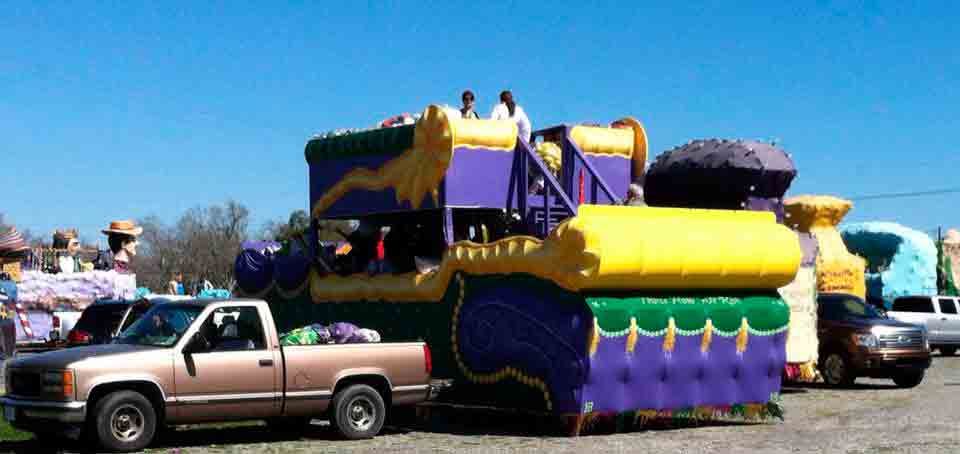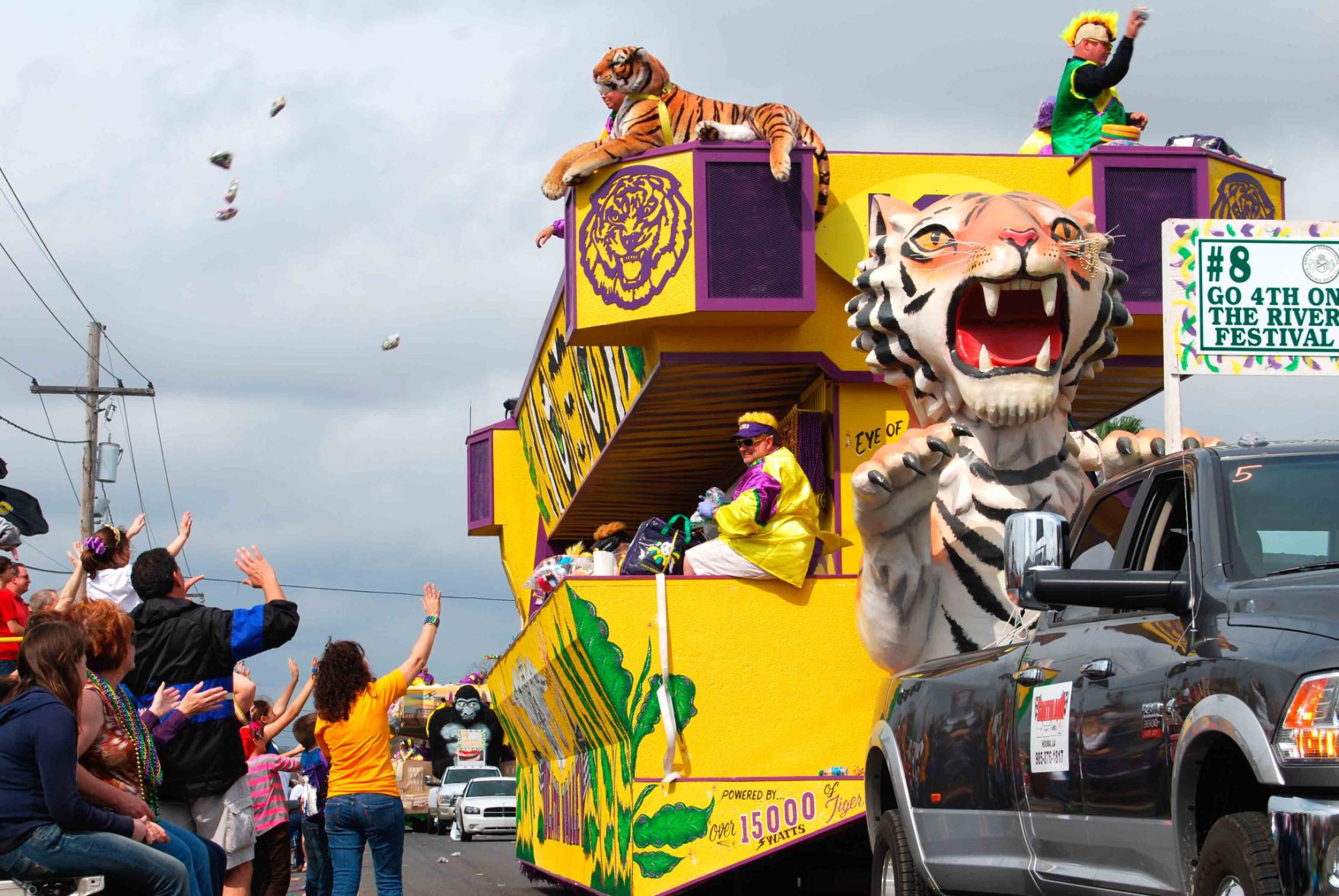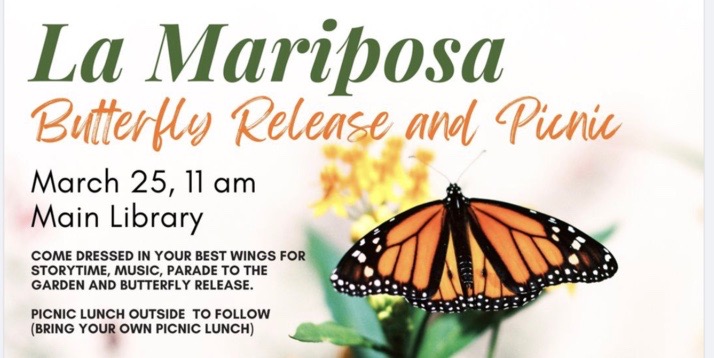
Carpenter has experience building magic
January 9, 2015‘Mamma Mia!’ a mix of Abba and spandex
January 9, 2015Are Carnival and Mardi Gras the same thing?
Nope. Carnival refers to the period of feasting and fun, The Feast of the Epiphany. Mardi Gras actually refers to Fat Tuesday, the last day of revelry before Ash Wednesday.
Mardi Gras seasons can vary from fewer than 30 days to more than 60 depending on the arrival of Epiphany.
When was the first Mardi Gras?
The Krewe of Comus held the first Mardi Gras parade in New Orleans on Feb. 24, 1857. Prior to that, historians have traced the celebration to the 17th and 18th centuries to medieval Europe. It is believed that “Boeuf Gras” (fatted calf) followed France to her colonies.
These days, Mardi Gras parades are held across the Gulf Coast.
What is the significance of the Mardi Gras colors?
Purple stands for justice; green for faith; and gold for power. Rex, the King of Carnival, chose them in 1892.
Why do riders wear masks?
By law, float riders must mask. On Fat Tuesday, masking is legal for everyone.
When did “throws” become part of the tradition?
Riders first threw trinkets to crowds in the 1870s. Today, typical throws include beads, cups, doubloons and stuffed animals. Many krewes also toss items embossed with their logos.
Who funds Mardi Gras?
Krewes are private, non-profit organizations whose members meet year-round to plan their parade’s theme, costumes and unique throws. Parades are funded by krewe members through dues, sales of krewe-related merchandise and fundraising.
Source: mardigrasneworleans.com






